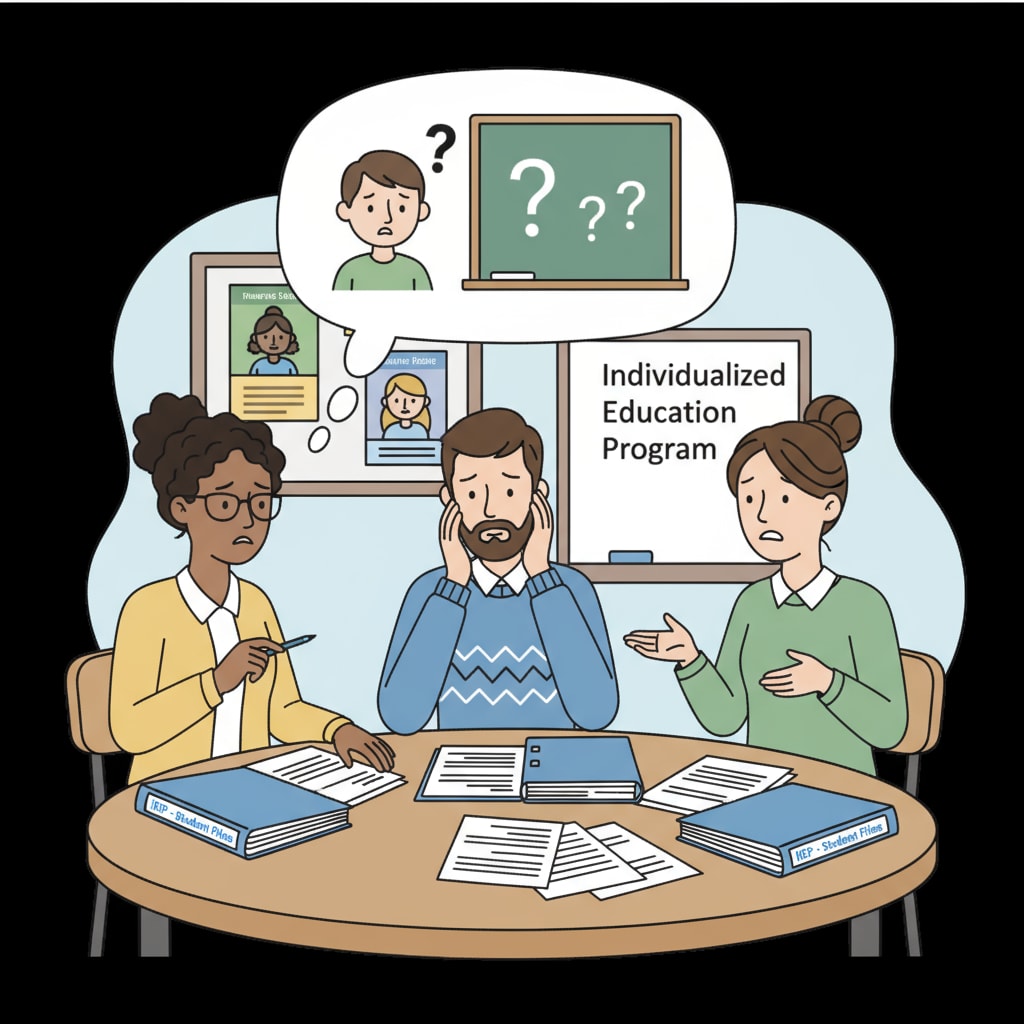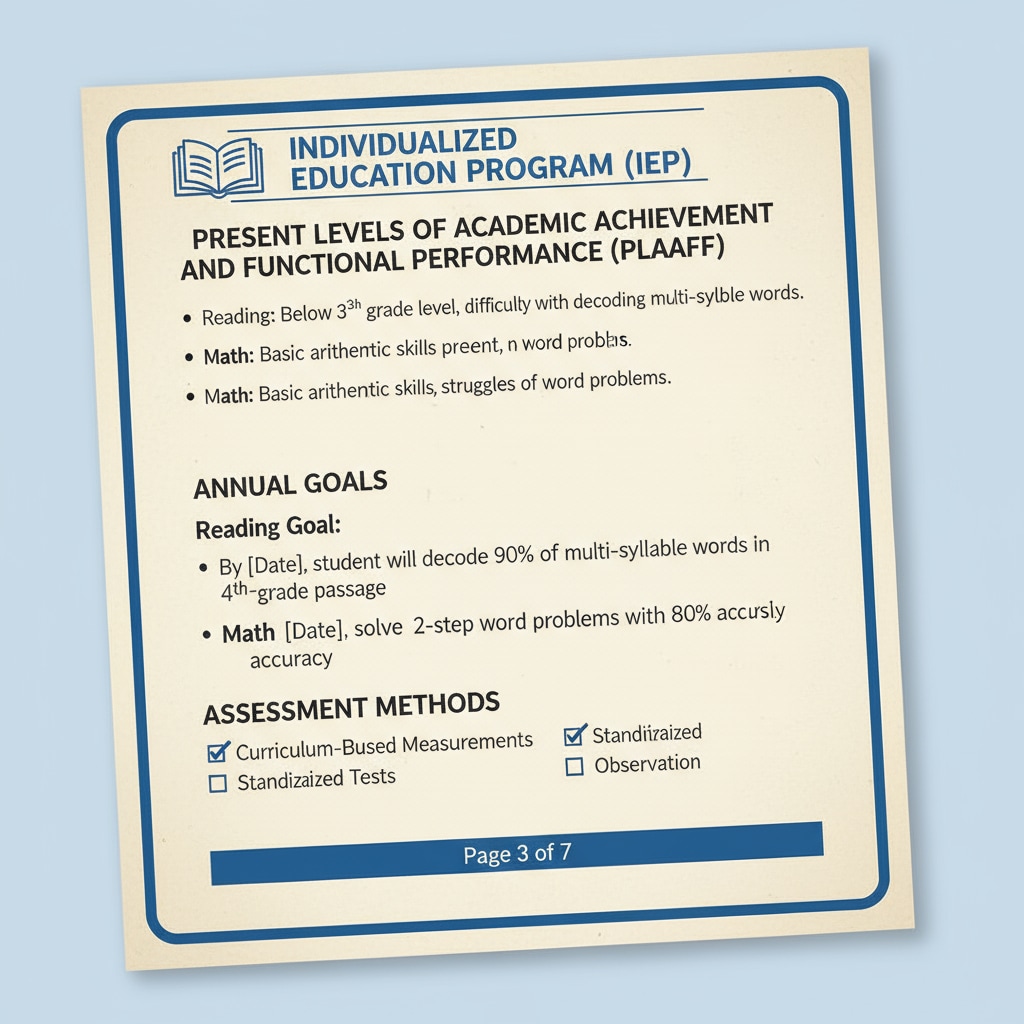Special education, IEP, reading comprehension difficulties are issues that often trouble special education teaching assistants. The Individualized Education Program (IEP) is a crucial document designed to meet the unique needs of students with disabilities. However, teaching assistants frequently struggle to fully understand these files, which can impact the quality of support they provide to students.

The Complexities of IEP Documents
IEP documents are filled with specialized jargon and complex educational terms. For example, concepts like “least restrictive environment” and “functional behavioral assessment” can be bewildering to teaching assistants who may not have an in-depth background in special education. These terms are not only difficult to understand but also crucial for accurately implementing the IEP. In addition, the format of IEP documents can vary widely from district to district, adding another layer of confusion. As a result, teaching assistants often find themselves at a loss when trying to make sense of the information presented. Individualized Education Program on Wikipedia

Insufficient Training and Support
Many special education teaching assistants receive limited training on IEP interpretation. Their pre-service training may not adequately cover the nuances of reading and understanding these documents. Moreover, once on the job, they may not have access to ongoing professional development opportunities focused on IEP comprehension. Without proper guidance and support, it becomes extremely challenging for them to decipher the complex information within the IEP files. For instance, they may not know how to translate the goals and objectives in the IEP into practical teaching strategies. Special Education on Britannica
To address these challenges, several strategies can be implemented. Firstly, schools and districts should provide comprehensive training programs specifically tailored to IEP understanding for teaching assistants. This training should include hands-on activities and real-life examples to enhance comprehension. Secondly, creating a support network where teaching assistants can collaborate and share their experiences can be highly beneficial. By working together, they can clarify misunderstandings and learn from one another. Finally, providing access to additional resources such as online tutorials and reference materials can empower teaching assistants to better understand IEP files.
Readability guidance: In this article, we have explored the difficulties special education teaching assistants face in understanding IEP files, which are related to the complexity of the documents and insufficient training. By implementing the proposed strategies, we hope to help them overcome these challenges and better support special needs students. We used short paragraphs to present information clearly and included relevant images to enhance understanding. Transition words like ‘however’, ‘in addition’, and ‘for example’ were used to make the text flow smoothly.


